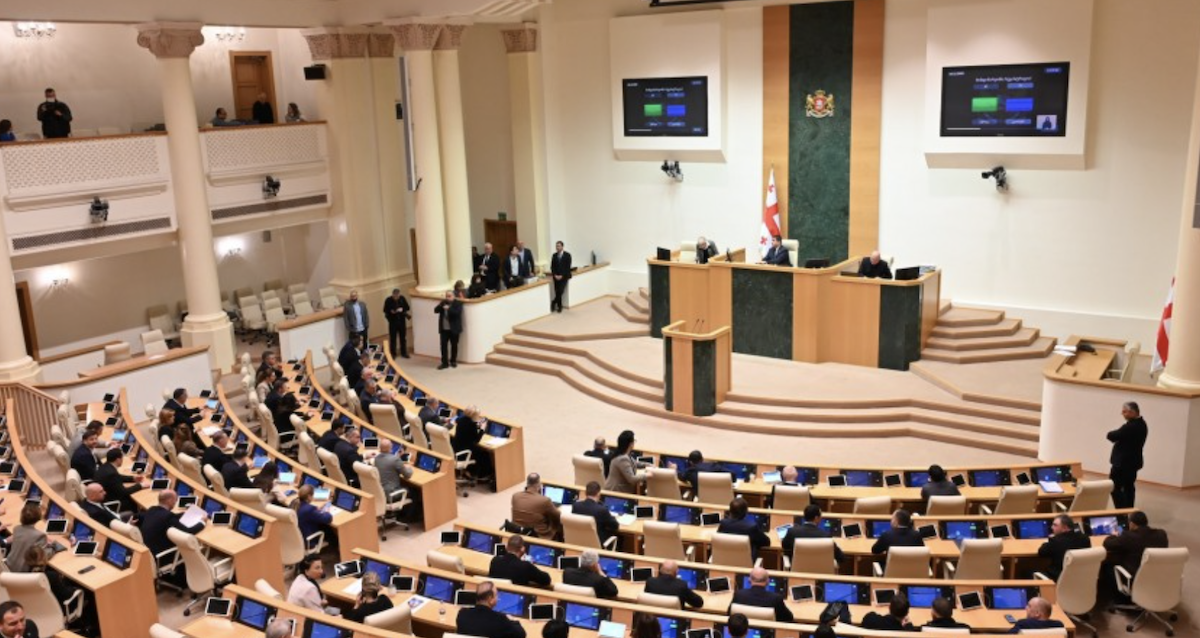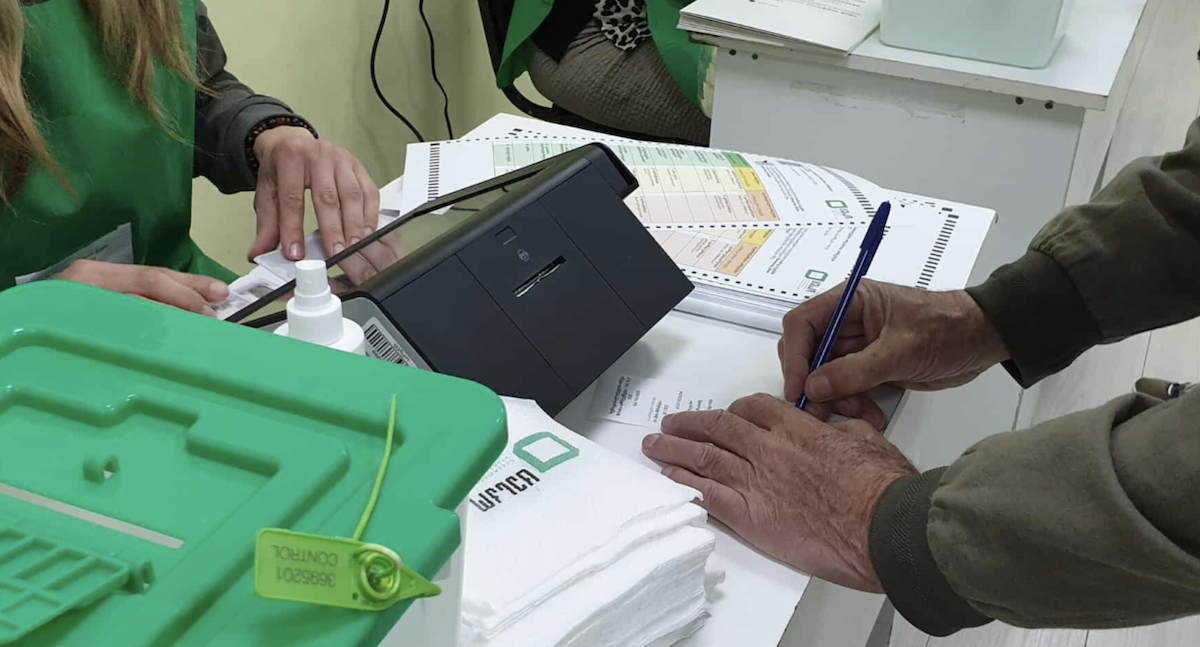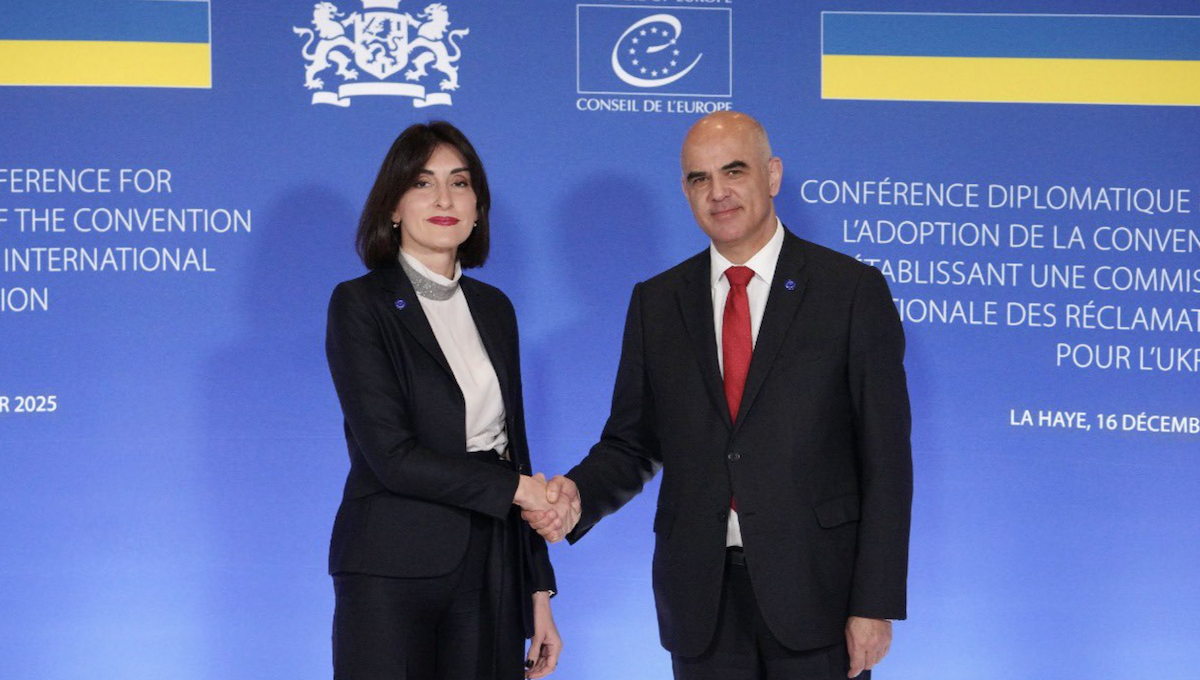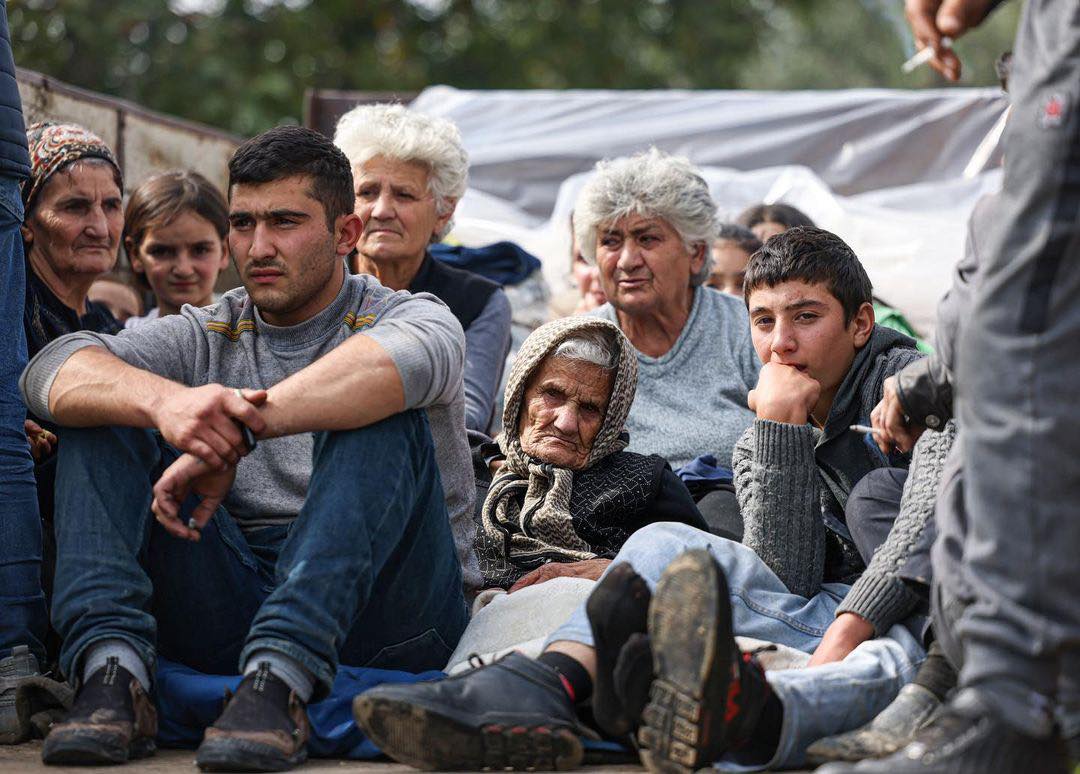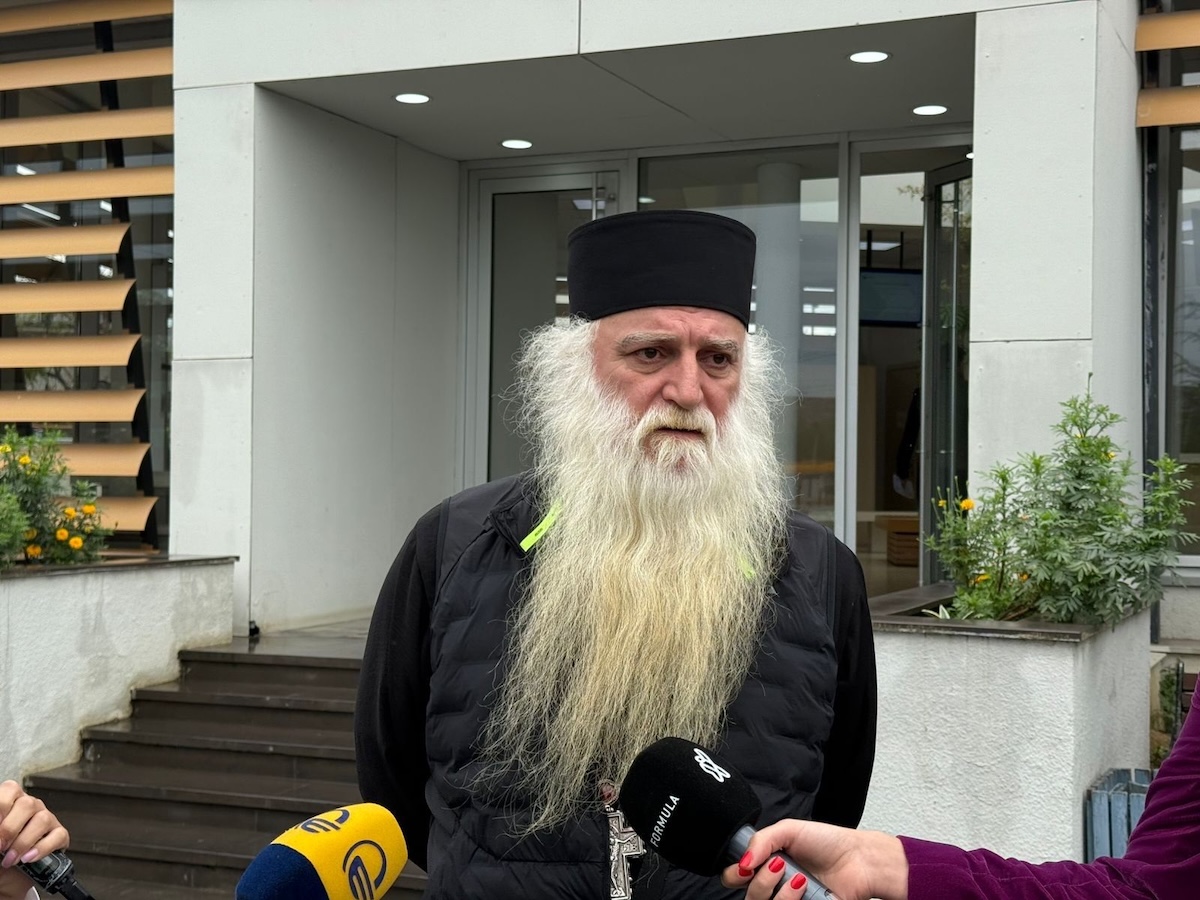In what scenario would the ruling party in Georgia lose the election? Opinion
How the opposition can win the elections in Georgia
Constitutionalist Vakhushti Menabde examines the conditions necessary for a change of power to occur in Georgia as a result of fair parliamentary elections on October 26, and for a new coalition government to be formed afterward.
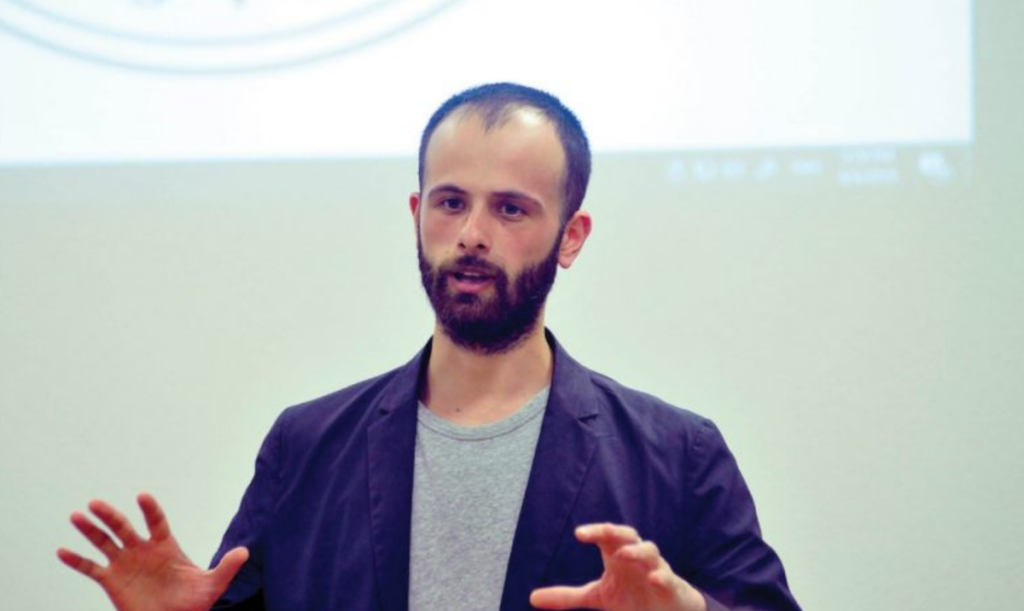
Vakhushti Menabde:
Under what circumstances will “Georgian Dream” lose the elections?
There are several “ifs” that determine the possibility of forming a coalition government after the elections:
- If the current electoral strength of the ruling party “Georgian Dream” significantly does not exceed 850,000 votes;
- If the opposition develops a reasonable pre-election strategy;
- If the opposition manages to bring 200,000 more voters to the polling stations on election day compared to the average so far;
- If the opposition is strategically reorganized into several coalitions;
- If the number of votes cast for parties that do not make it into parliament does not exceed five percent;
- If the opposition MPs elected to parliament do not defect to “Georgian Dream” after the elections (this has happened many times).
- Georgia’s “foreign agents” law is now a reality. When will it take effect and who will it impact?
- How Georgian oligarch Bidzina Ivanishvili sees the world. Opinion
- “Ultimately, in Georgia, the entire government will end up under sanctions and will be ‘leprous’.” – Comment
Now, let’s delve into the details
Many are confident that “Georgian Dream” will not be able to stay in power for a fourth term after the parliamentary elections. This confidence is good; the struggle demands it.
But to substantiate it, a strategy is needed that will be based on data analysis and observation.
Elections make the results of the struggle for democracy clear. Election results are expressed in numbers. So, let’s look at the numbers:
● Results of Georgian Dream. In three out of the last four elections, the party received between 46.7 percent and 48.7 percent of the vote. In the 2017 local self-government elections, it received 55.8 percent. However, this can be explained by the low turnout of opposition-minded voters, with turnout being only 45.7 percent.
Thus, in the last four elections, the ruling party has averaged 850,000 to 900,000 votes.
● How many people will vote?
Overall, 3.5 million citizens in Georgia have the right to vote. Among them, around one million live abroad, which means their votes are effectively lost; only one percent of the diaspora participate in voting.
Thus, realistically, about 2.5 million people should vote.
Some may not participate due to health reasons, others due to work obligations, and still others due to logistical challenges between their actual place of residence and registration.
It’s difficult to say exactly how many people will turn out for the elections in October. The last record was set in 2012, when over 2.2 million people voted in parliamentary elections. [At that time, the “National Movement,” founded by President Mikheil Saakashvili, lost to the “Georgian Dream” party, founded by oligarch Bidzina Ivanishvili — JAMnews].
That year, parties brought 400,000 more people to the polls than in 2016 and 245,000 more than in 2020.
- Ten years of Georgian Dream: Successes and failures. Expert analysis
- The State Department announced sanctions against Georgian MPs, law enforcement, and ruling party members
- How Generation Z found itself at the forefront of Georgian protests: An insight from Tbilisi
Based on analysis of previous elections, it can be said that in a heightened political situation, up to 1.85-1.95 million voters turn out in Georgia, and for elections of existential significance, around 2.2 million.
However, it’s important to consider that in 2012, the number of Georgians living abroad was one-third of the current figure. This factor will significantly influence the voter turnout in October.
Therefore, the opposition must ensure that approximately the same number of voters as in 2012 participate in the upcoming elections.
● “Georgian Dream” could lose even if it receives 40 percent of the vote
If we assume Georgian Dream still has 850,000 to 900,000 voters as in previous elections, and a maximum of 2.15 million people vote, the ruling team would garner up to 40 percent.
Some may think this is a very high figure. However, it’s worth recalling that in 2012, 867,000 people voted for the United National Movement (UNM). Yet, it became clear in subsequent elections that around half a million of those votes were not freely cast. Ultimately, the UNM lost them along with power.
● What was the secret to Georgian Dream’s success in 2012, amidst such high support for the United National Movement?
1. First and foremost, it was a strategy that can be described as “Divide the electorate into two parts” (I think this strategy will be counterproductive this year).
This minimized the votes “thrown into the air” – that is, those who supported candidates who later did not exceed the threshold and did not enter parliament. In those elections, the number of such votes was less than five percent.
This helped Georgian Dream achieve that the percentage of votes received in the proportional part of those elections almost precisely matched their share of seats in parliament.
Typically, this does not happen. For example, in 2016, the United National Movement received 27 percent in the proportional part but only obtained 20 percent of the mandates. Meanwhile, Georgian Dream received 57 percent of the mandates with 48 percent of the votes.
In other words, the current government in Georgia received up to nine percent of its mandates solely due to the peculiarities of the electoral system.
The Parliament of Georgia consists of 150 MPs elected for a four-year term. The previous elections in 2020 were conducted under a mixed system: 120 MPs were elected through proportional representation (party-list system), and 30 through a majoritarian (single-member district) system.
In 2024, elections will be held entirely under a proportional representation system for the first time. For a party to enter parliament, it must receive at least five percent of the votes cast (5-percent threshold). If no party secures a majority of seats, a coalition government will need to be formed.
2. The second successful move that Georgian Dream managed to pull off was convincing previously disengaged voters to come out and vote.
At the time, the ruling UNM party wasn’t popular in society. However, the Georgian Dream success wasn’t solely attributed to this. Georgian Dream itself became a source of hope for people and conducted a well-planned electoral campaign.
As a result, they increased voter turnout in the 2012 elections by nine percent compared to May 2008, when parliamentary elections were also critically important for the country. Meanwhile, the decline of the United National Movement wasn’t as dramatic, amounting to only 17 percent.
Despite the prevailing belief that Georgian Dream won the 2012 elections, it’s worth considering another perspective — that it was more of a loss for the UNM.
- Georgian Dream managed to form such a strong opposition to the ruling UNM at the time that it attracted even the indifferent voters.
- Most importantly, they effectively minimized the spectrum of opinions and drew in everyone who wasn’t aligned with the UNM.
This same approach is what the opposition should adopt today.
- Georgian crisis: how will it affect Abkhazia? Abkhaz experts discuss. Video
- “The ‘Russification’ of Georgia will complicate Armenia’s departure from Russia.” Opinions from Yerevan
● Opposition political forces currently face two tasks:
1. Reorganize in such a way that as few voter voices as possible are left behind the electoral threshold.
2. Mobilize as many voters as possible on election day who have not previously participated in elections.
How can this be achieved?
For the first task, it’s necessary to form three or four coalitions, while for the second task, a well-planned electoral campaign is essential.
If Georgian Dream secures 40 percent of 2.15 million votes, and if only five percent of votes are lost (remaining below the threshold), then the opposition could potentially gain 55 percent (1.2 million votes). This scenario would make the plan proposed by the president effective.
President Salome Zourabichvili has proposed that all pro-Western forces in Georgia sign the Georgian Charter. It does not oblige anyone to form alliances, and on October 26, each party will independently participate in deciding how to approach the elections. Voters who come to the polls will effectively choose between, on one side, the pro-Russian Georgian Dream, and on the other, the united pro-European opposition.
In essence, the elections will serve as a referendum on the country’s foreign policy direction.
According to Zourabichvili’s plan, the opposition will form a temporary government that will operate for several months. During this period, this government will undertake significant reforms to bring the country closer to Europe, following which new parliamentary elections will be held in a free environment. It is expected that the resulting parliament will accurately reflect the sentiments of Georgian society.
● How the opposition can attract maximum voter support:
In the parliamentary elections of 2020 and the local elections of 2021, the opposition collectively garnered support from up to one million people. However, approximately 100,000 of them, even in the most optimistic assessment, voted for political forces that ultimately did not enter parliament or local governing bodies.
Based on this level of support, the opposition now needs an additional 200,000 votes to secure victory. As mentioned earlier, these votes can be attracted through a well-planned pre-election campaign.











